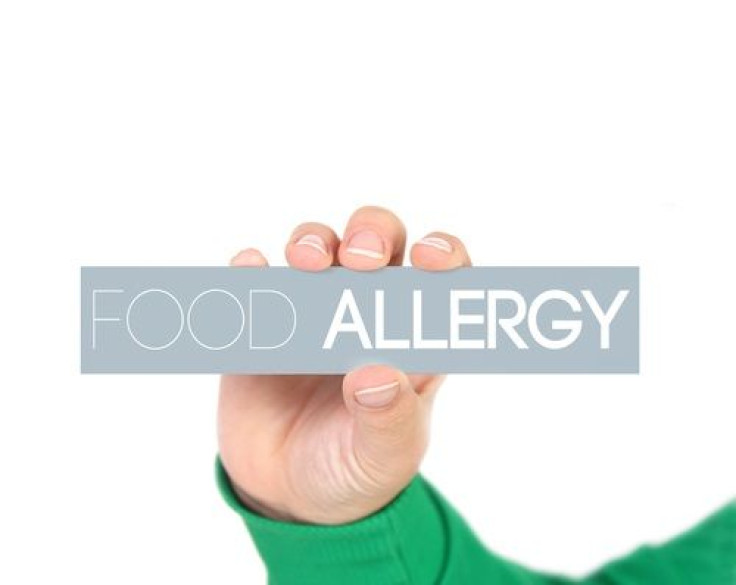Food Allergy Awareness: 4 Most Dangerous Food Allergies And How You Can Avoid A Reaction

Food allergies affect many people at different points in time in their lives — allergies of all kinds are triggered by certain external stimulants. The allergies involving food are the effect of immune responses to different things we eat. Oftentimes, small amounts of the ingested food can cause a severe reaction. Victims can develop rashes, hives, diarrhea, nausea, other digestive issues, or even anaphylaxis, which is a life-threatening allergic reaction. Some people even have allergies that are exercise induced, meaning that certain foods trigger an immune response once a person begins to exercise.
Many physicans and experts believe that food allergies and associated anaphylaxes are on the rise. According to Tonya A. Winders, president and CEO of Allergy & Asthma Network Mothers of Asthmatics, "risk factors associated with food allergy include: family history of asthma and allergies, genetic predisposition to allergic disease, elevated allergen-specific serum immunoglobulin levels, and being younger than 3 years of age," she told Medical Daily in an email.
It’s important to be aware of your allergy and avoid places that might put you in contact with that particular food. If you’re eating packaged food, take a look at the ingredient label to make sure that it’s not made in a factory with ingredients that might cause an allergic reaction. And if you’re out at a restaurant, be sure to ask your server about any possible contact with said food. Even some cosmetic products might have food traces in them, so be sure to read those labels, too. Moreover, it’s important to speak with your doctor about any emergency remedies, such as the use of an epinephrine auto-injector pen of some sort.
1. Peanuts and Tree Nuts
This tops the list. Approximately one percent of the world has a deadly nut allergy. Being the most common cause of food allergy deaths, according to the American Academy of Allergy, Asthma and Immunology, it’s important that many people are aware of the foods they eat and how to treat a potential allergy outbreak. In the U.S. alone, around three million people report allergies to peanuts and tree nuts, and about every year around 150 to 200 people die. Fifty percent to 62 percent of those deaths can be attributed to peanuts.
2. Milk
This is most common among young children who develop it within the first six months of their lives. The Asthma and Allergy Foundation of America finds that two to five percent of babies develop a milk allergy within the first year of their life. Milk allergies are three times as common as peanut allergies, but children will lose their hypersensitivity to milk by the time they are 3 years old.
3. Soy
Since many products are made with soy, it might be hard to avoid. However, if you do have an allergic reaction, ingesting soy drinks or foods, can also cause an unpleasant reaction. Soy allergies can cause a tingling in the mouth, swelling of the lips, abdominal pain, and a number of other reactions. Approximately 0.4 percent of American children, or about 298,410 under the age of 18, are allergic to soy, according to the American College of Allergy, Asthma and Immunology (ACAAI). This is important to be aware of because soy is also found in many baby products as well.
4. Shellfish
For people over the age of 6, this is the most common allergy that will send them to the emergency room. Unlike milk allergies, many people develop a shellfish allergy later in life, and it usually lasts a lifetime. Shellfish allergy affects nearly seven million people, or about 2.3 percent of the U.S. population, ACAAI reported. Foods like shrimp, lobster, and crab all fall under this category. Fortunately, they are easy to spot and are not “hidden” ingredients in most foods.
How well informed are you about allergies? Take this quiz provided by Sanofi pharmaceuticals to find out: Test your knowledge on the top anaphylaxis questions.



























